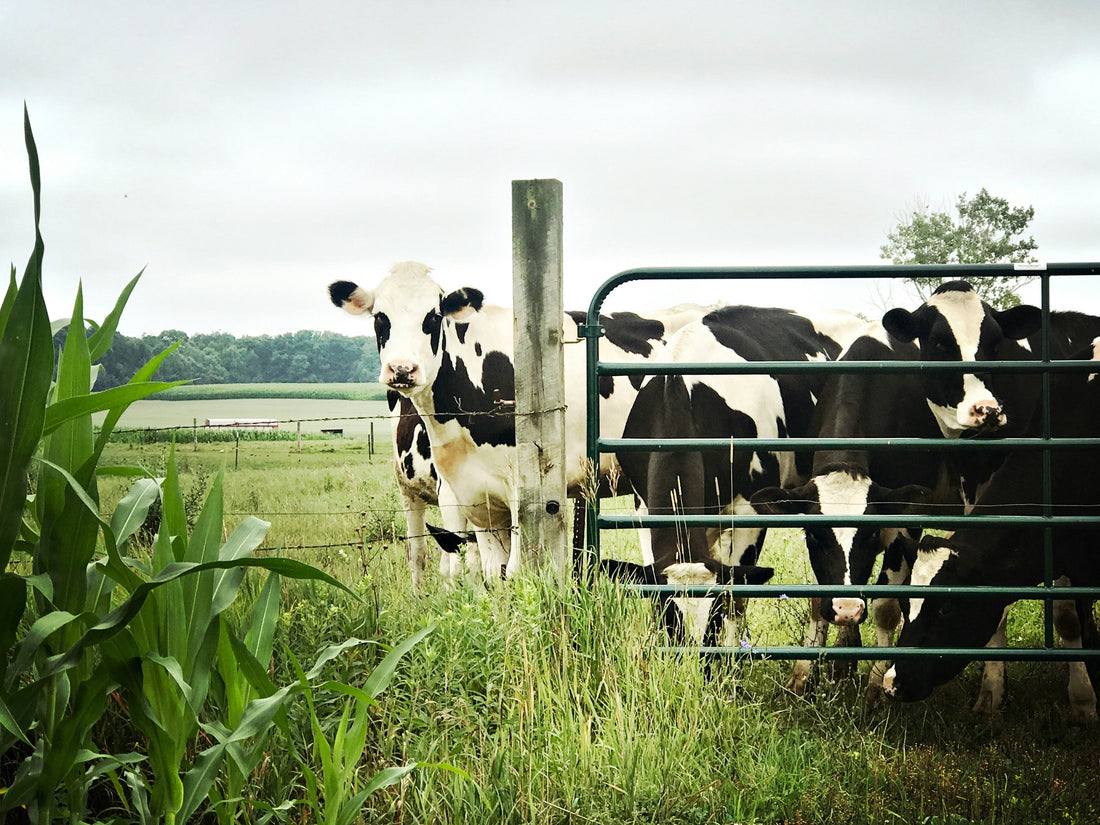
How Heat is Affecting Nigerian Farming
Share
Sokoto State farmer Umaru Muazu, 62, reflects somberly: "I watched the last of my millet wilt under the scorching sun." Once nourished by a flowing river across his 5-hectare farmland, Umaru now stands helplessly before a muddy puddle. Years of rising heat and prolonged dry spells have turned what was once fertile land into a brittle, cracked patch of earth. Without the financial means to dig a well, he, like thousands of other smallholder farmers across Nigeria, faces the devastating choice of abandoning the land that has sustained his family for generations.
This heartbreaking story is not unique to Sokoto. From Kano to Kaduna, Bauchi to Benue, climate change is transforming Nigeria’s agricultural landscapes. Extended dry seasons, shorter but more intense rains, and relentless heatwaves are disrupting planting cycles, drying up rivers, and reducing food production. According to the World Food Programme, over 31 million Nigerians already face food insecurity, and with each passing season, the threat deepens. "Farmers barely recover from one climate shock before another hits," says WFP spokesperson Chi Lael. The heat is not just uncomfortable—it's dangerous and destabilizing.
How High Temperatures Affect Crop Production
Lower Yields: Crops suffer significantly when exposed to prolonged heat. Temperatures above optimal growing ranges (typically 25–35°C) lead to flower and fruit drop, poor grain formation, and reduced pollination success. For crops like maize, sorghum, and tomatoes, this means a serious decline in harvests.
Poverty and Food Insecurity: Reduced agricultural productivity hits rural communities hardest. Most farmers depend on seasonal harvests for income. When crops fail, they lose money, and in turn, cannot afford food, education, or healthcare. Urban dwellers also feel the impact through skyrocketing food prices. With 70% of rural Nigerians reliant on farming, low yields contribute to joblessness and deepening poverty.
Photosynthesis Disruption: Heat above 35°C denatures key enzymes responsible for photosynthesis. To conserve water, plants close their stomata, which reduces CO2 intake and slows growth. Meanwhile, respiration rates climb, consuming energy and stored sugars, leaving plants weaker and less productive. The outcome is stunted growth and lower yields, particularly in cereals like wheat and maize.
Effects on Livestock and Grazing Systems
Degraded Grazing Lands: Rising temperatures reduce the moisture and nutrient content of pasturelands. Livestock face hunger and poor health as green fields turn brown earlier than expected. In northern Nigeria, Fulani herders now migrate earlier and farther in search of feed, leading to farmer-herder conflicts.
Increased Disease: Heat and shifting rainfall patterns create the perfect breeding ground for pests and diseases. Ticks and parasites flourish, causing higher mortality and decreased productivity in cattle, poultry, and goats.
Local Data & References
Temperature Rise: According to the Nigerian Meteorological Agency (NiMet), northern Nigeria now frequently records maximum temperatures around 42°C between February and May. The country has seen a 1.5°C rise in average temperature since the 1960s.
Agricultural GDP Impact: The National Bureau of Statistics and World Bank data show that climate variability has reduced Nigeria’s agricultural GDP by 40% in recent years, with a cereal production loss of 3–4 million tonnes.
Rainfall Decline: A study in Abia State showed a steady increase in temperature by ~0.0205°C per year and a corresponding drop in seasonal rainfall by 0.33 mm annually, reducing cassava and maize yields.
Forecast Utilization: NiMet reports that over 350,000 hectares of crops are lost annually due to farmers not using weather forecasts. Yet, when used correctly, these forecasts can boost yields by up to 35%.
Field Observations: In Sokoto, many farmers report their wells and streams have dried up, forcing dependence on expensive irrigation and reducing planting frequency (AP News).
Conclusion & Call to Action
To secure the future of Nigeria's agriculture, immediate and coordinated action is essential. Government bodies, private investors, and NGOs must invest in climate-smart solutions such as drought-resistant seeds, efficient irrigation, and real-time weather advisory systems. Education and technical training should be expanded, particularly to empower smallholder farmers and youth. Affordable financing and access to farm inputs will help sustain productivity. With rising temperatures threatening food systems, the time to act is now. Supporting Nigerian farmers isn't just about crops—it's about feeding the nation, lifting communities out of poverty, and protecting the future.
